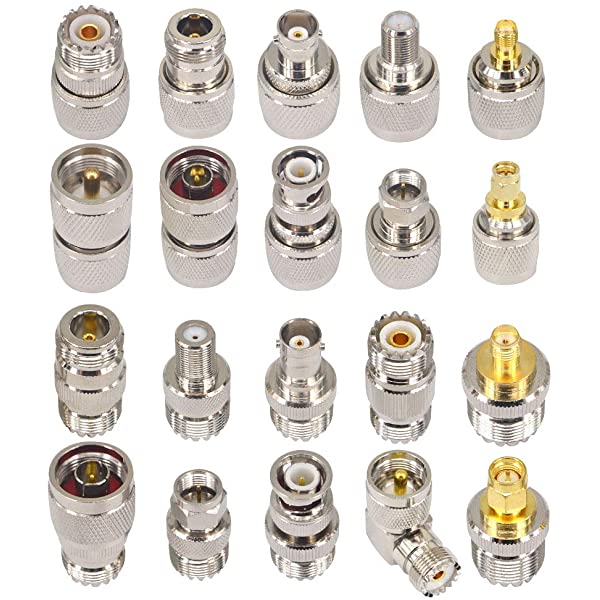RF coaxial connectors are crucial parts of various electronic devices, including test and measurement equipment, medical equipment, and communication systems. These connectors must be installed and maintained correctly to operate effectively and consistently. RF coaxial connectors, which include the widely used n connector and other types and sizes, are crucial in transmitting radio frequency signals. In this article, we’ll give you some useful advice on how to set up and take care of RF coaxial connectors.
Tip #1: Choose the Right Connector for Your Application
Choosing the right tools for the job is the first step in installing an RF coaxial connector. A coaxial cable stripper, cable cutter, crimping tool, and torque wrench are some examples of necessary equipment. The outer jacket and shield of a coaxial cable are removed, revealing the central conductor. The cable cutter is used to trim the centre conductor and make sure the connector is installed at the proper length. The connector is fastened to the cable using a crimping tool, and the proper amount of torque is applied to the connector using a torque wrench.
Tip #2: Properly Strip the Cable
Properly stripping the cable is crucial to ensure the connector makes good electrical contact with the cable’s centre conductor. When stripping the cable, be careful not to cut into the centre conductor or the insulating material. Use a sharp stripping tool and follow the manufacturer’s recommendations for the amount of cable to strip.
Tip #3: Use the Right Tools for Connector Installation
Using the right tools for connector installation can make a big difference in the quality and reliability of the connection. For example, a torque wrench can help ensure that the connector is tightened to the proper torque, which is critical for maintaining the electrical integrity of the connection. Other useful tools include a cable cutter, a cable stripper, and a crimp tool.
Tip #4: Follow Proper Connector Installation Techniques
Proper installation techniques ensure the connector makes good electrical contact with the cable. Here are some general guidelines to follow when installing an RF coaxial connector:
- Clean the connector and cable before installation to remove any dirt or debris.
- Insert the centre conductor into the connector and ensure it makes good contact.
- Slide the outer conductor over the centre conductor and screw it into place.
- Tighten the connector to the proper torque using a torque wrench.
Tip #5: Properly Seal the Connection
Properly sealing the connection is important to prevent moisture, dust, and other contaminants from entering the connector and causing damage. Several sealing materials are available, including heat-shrink tubing, silicone sealant, and self-amalgamating tape. Choose the right sealing material for your specific application and follow the manufacturer’s instructions for proper installation.
Tip #6: Regularly Inspect and Maintain Connectors
Regular inspection and maintenance of connectors are essential to ensure they perform optimally. Here are some tips for maintaining your connectors:
- Inspect connectors regularly for signs of wear or damage.
- Clean connectors regularly using a soft brush and a mild cleaning solution.
- Check connectors for proper torque and tighten them if necessary.
- Replace damaged or worn connectors as soon as possible.
Tip #7: Troubleshoot Common Connector Problems
Despite your best efforts to properly install and maintain your connectors, problems can still arise. Here are some common connector problems and their solutions:
- Poor electrical contact: Check the centre conductor and ensure it makes good contact with the connector. Check the torque and tighten it if necessary.
- Signal loss: Check the connector for damage or wear. Check the cable for kinks or other damage that could be causing signal loss.
- Corrosion: Clean the connector using a mild cleaning solution and a soft brush. Check the sealing material and replace it if necessary.
